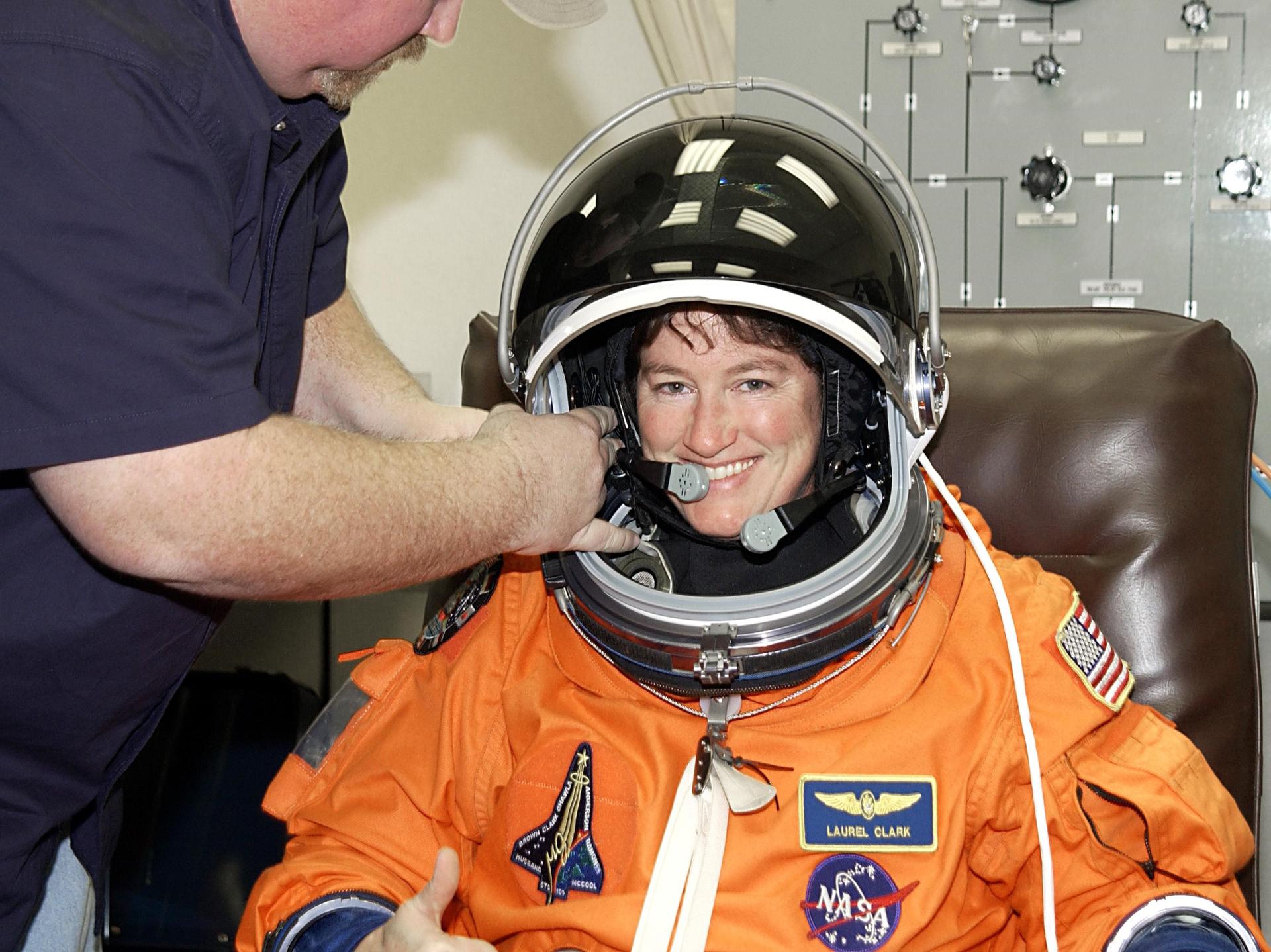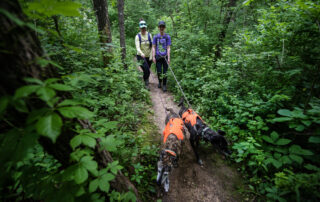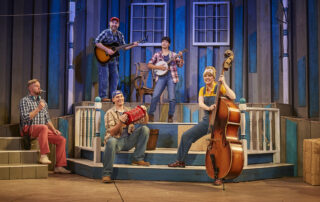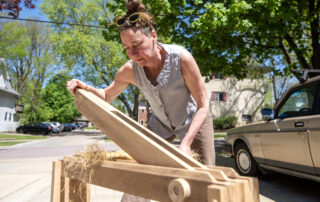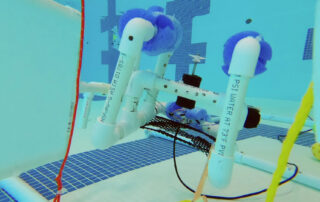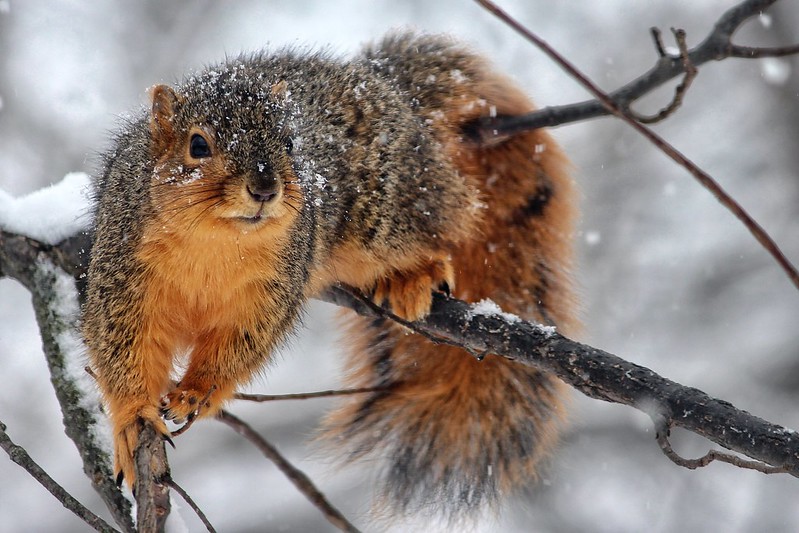Astronaut Laurel Clark’s life ended abruptly on February 1, 2003, when the space shuttle Columbia exploded near the end of its mission. She was only 41, with a husband and an 8-year-old son.
It’s one of the saddest stories in NASA history — and yet, whenever I think about Clark, I don’t focus on her tragedy. I focus on her smile.
You see it in photographs from the mission, as Laurel poses with her six crewmates or floats through the cabin in her orange spacesuit. For someone who’d only recently envisioned herself in space, the Columbia experience was a dream come true.
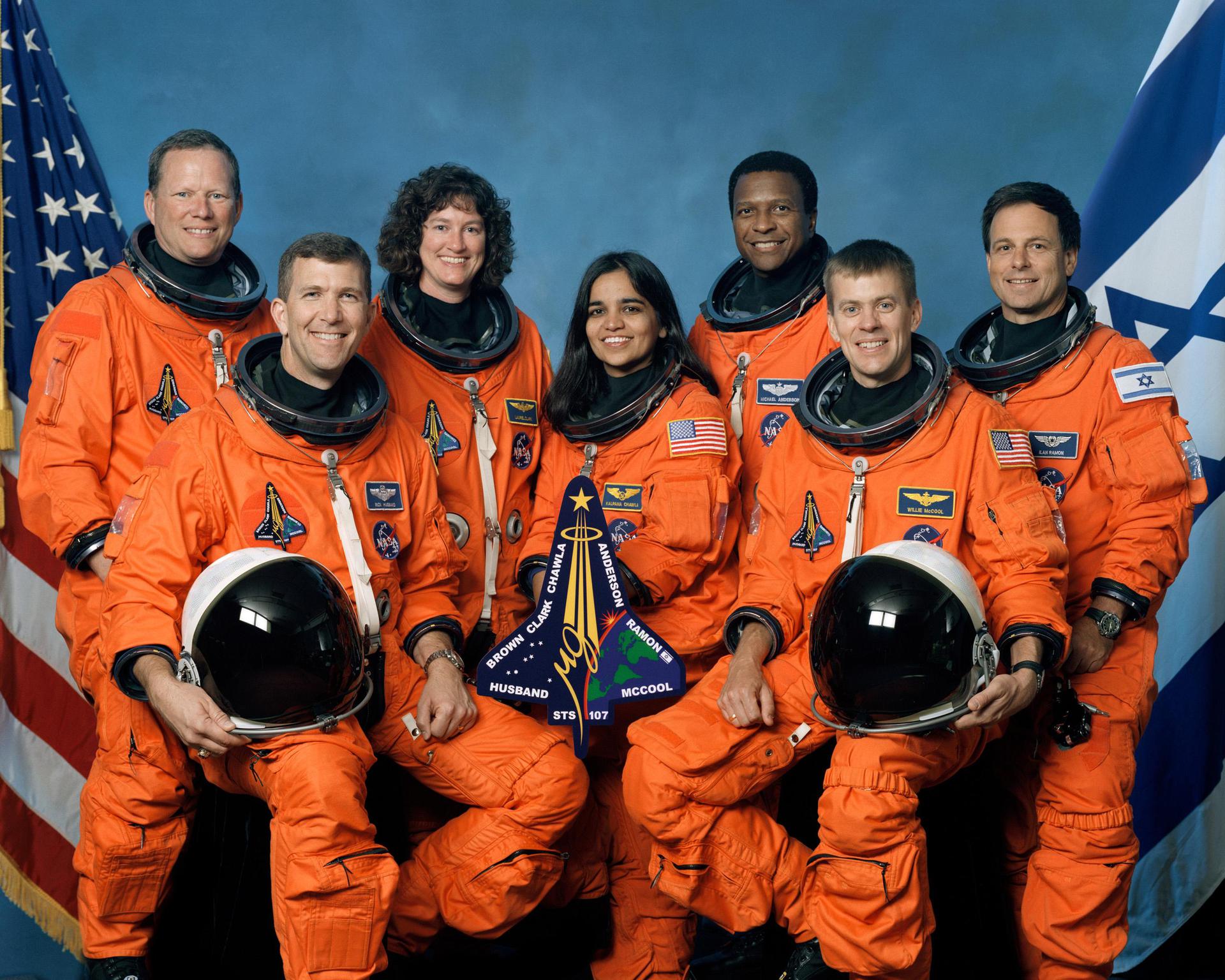
The seven STS-107 crew members take a break from their training regimen to pose for the traditional crew portrait. Seated in front are astronauts Rick D. Husband (left), mission commander, and William C. McCool, pilot. Standing are (from left) astronauts David M. Brown, Laurel B. Clark, Kalpana Chawla and Michael P. Anderson, all mission specialists; and Ilan Ramon, payload specialist representing the Israeli Space Agency. (Photo courtesy of NASA)
Clark described herself as a boring straight-A student at Racine’s Horlick High School. She earned both a bachelor’s degree in zoology and a medical degree from the University of Wisconsin-Madison, where she blossomed intellectually.
After college, Clark’s life was anything but boring. She joined the Navy, served as an undersea medical officer, and became a flight surgeon. After marrying fellow Navy officer Jonathan Clark, she threw herself into parachuting, rock climbing, and SCUBA diving. Always on the lookout for new challenges, she hatched the idea of becoming an astronaut in her 30s. The space program turned her down on the first try and accepted her on the second — while she was pregnant.
Family and friends recognized Clark’s toughness. They knew she would follow her own path, no matter the risk — and that she would enjoy herself in the process. Days before Columbia’s liftoff, she was featured on Milwaukee’s WISN-TV.
“This mission is just extremely exciting and I still feel very fortunate to be assigned to this mission,” Clark said in the video.
In space, Clark conducted experiments on moths and roses.
“I’m excited to be a test subject because that’s how we get the answers is by studying people,” Clark said on WISN, referring to the experiments she herself would be participating in. “As a physician, I understand how important it is to collect data on people.”
While on board Columbia, she also played “Running to the Light” by one of her favorite bands, Runrig.
Nearly two hundred miles above the Earth, she also maintained her ties to Wisconsin. Two of her in-flight experiments originated at UW. Her gear included a UW medical school medallion and a teddy bear with “UW-Madison” and “Zoology” embroidered on its jacket.
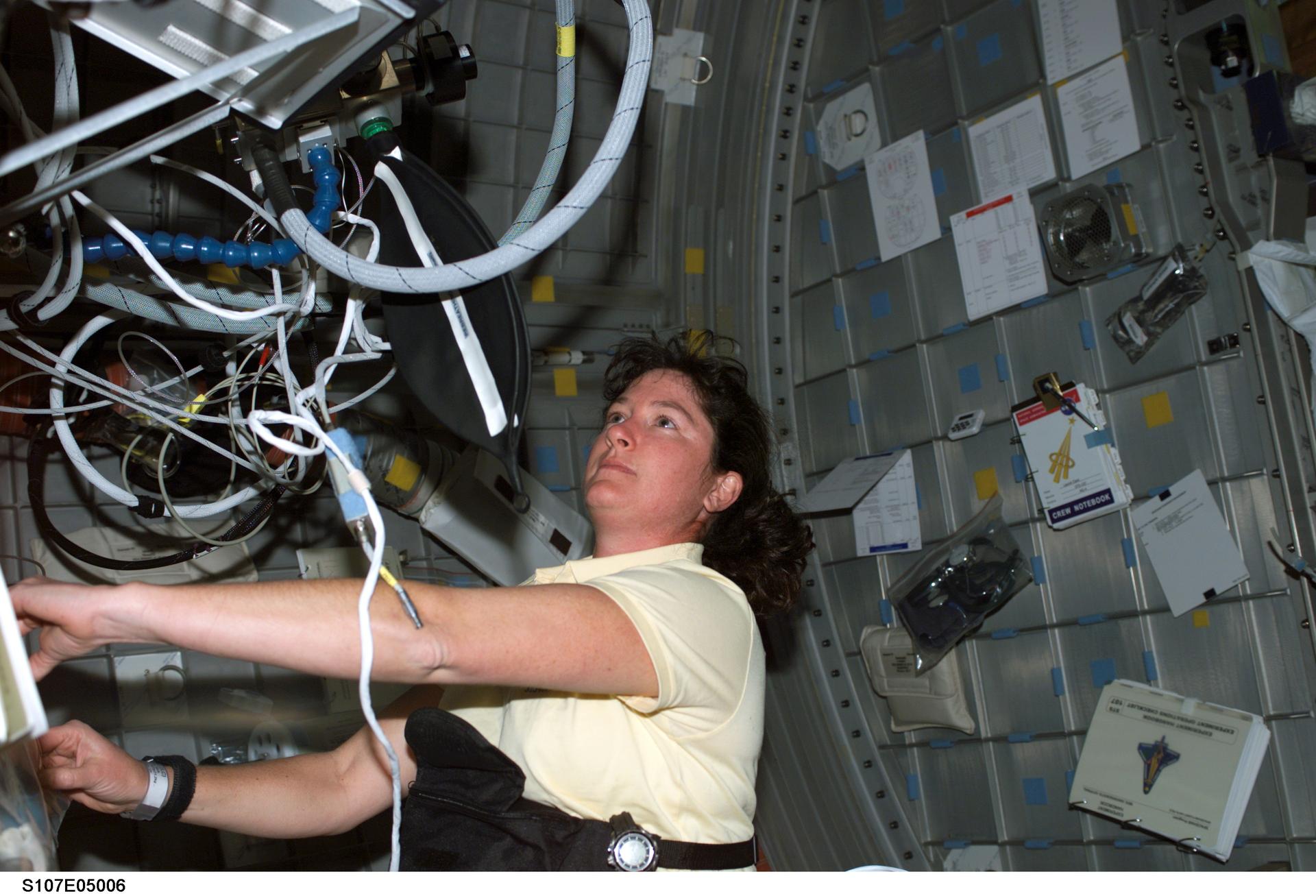
Astronaut Laurel B. Clark, STS-107 mission specialist, works in the SPACEHAB Research Double Module in the cargo bay of the Earth-orbiting Space Shuttle Columbia. (Photo courtesy of NASA)
For 15 days, 22 hours, and 20 minutes, Clark reveled in the wonders of spaceflight. In an email to the folks back home, she described her view from the porthole:
“Lightning spreading over the Pacific, the Aurora Australis lighting up the entire visible horizon with the city-glow of Australia below, the crescent moon setting over the limb of the Earth, the vast plains of Africa and the dunes on Cape Horn, rivers breaking through tall mountain passes.”
Clark was especially happy to get a glimpse of the Wind Point peninsula jutting into Lake Michigan near her childhood home in Racine.
Mere minutes before Columbia disintegrated — due to a damaged wing — Clark was still in high spirits. The astronauts, unaware of the malfunction, joked around as she filmed them with a digital camera.
After encouraging a crewmate to wave, Laurel Clark turned the camera on herself to provide one last image for posterity.
It was a smile.
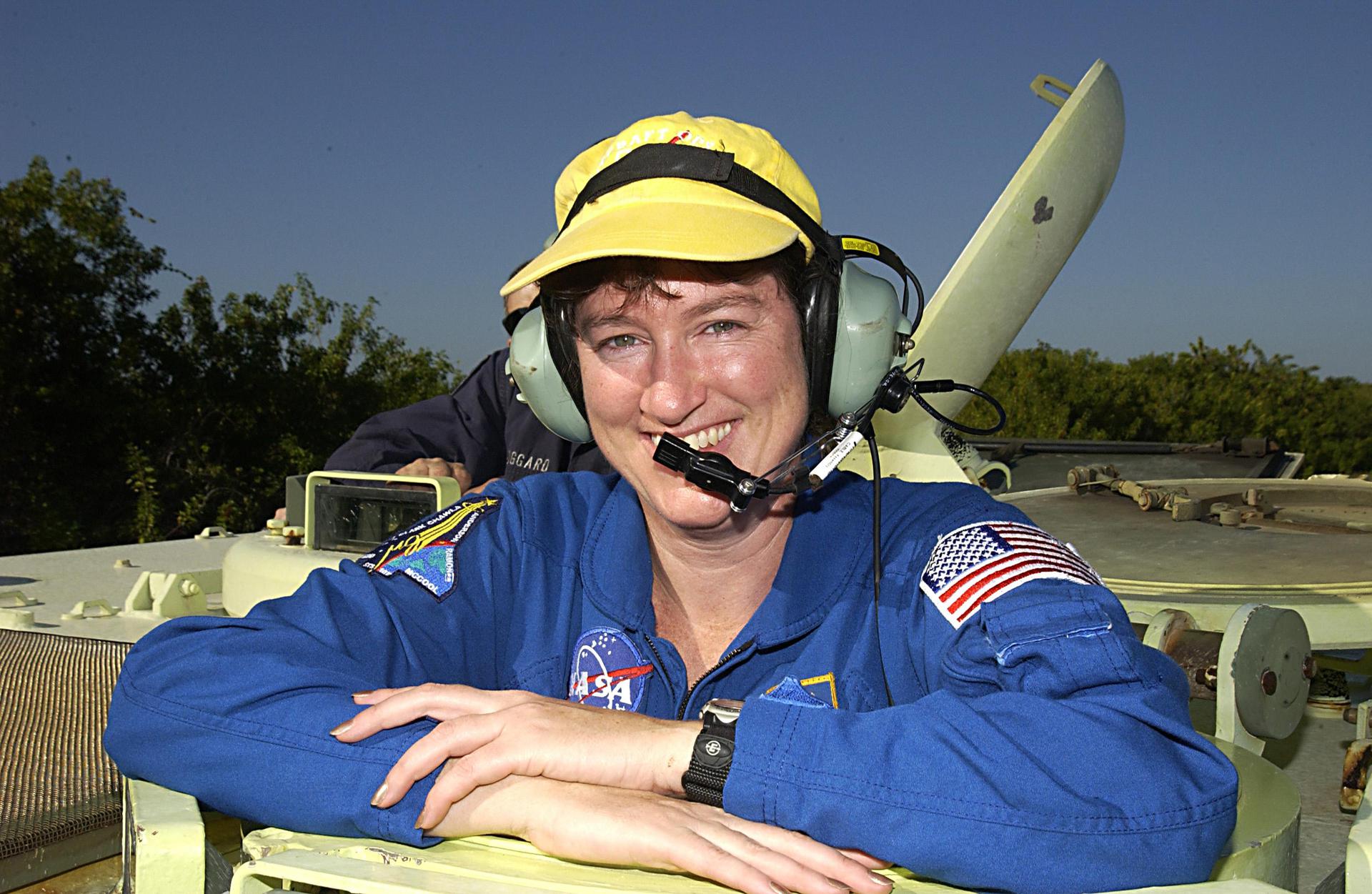
STS-107 Mission Specialist Laurel Clark takes a break during training on the operation of an M113 armored personnel carrier during Terminal Countdown Demonstration Test activities, a standard part of launch preparations. STS-107 is a mission devoted to research and will include more than 80 experiments that will study Earth and space science, advanced technology development, and astronaut health and safety. (Photo courtesy of NASA)
==
SONGS:
“Star 6 & 7 8 9” by The Orb
“Signals” by Brian Eno
“Running to the Light” by Runrig
